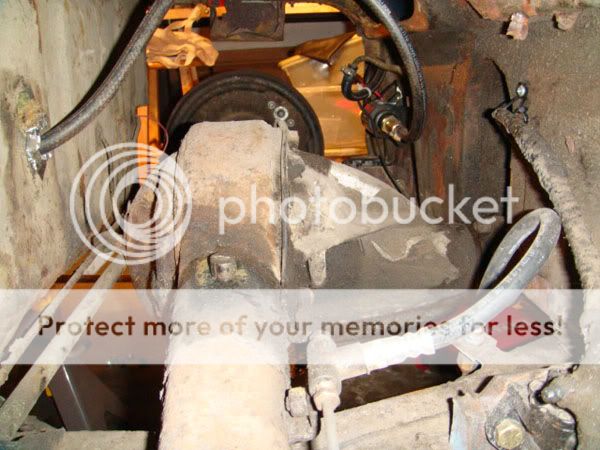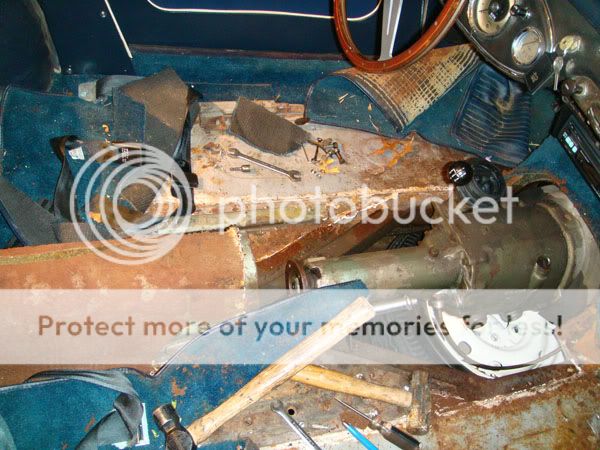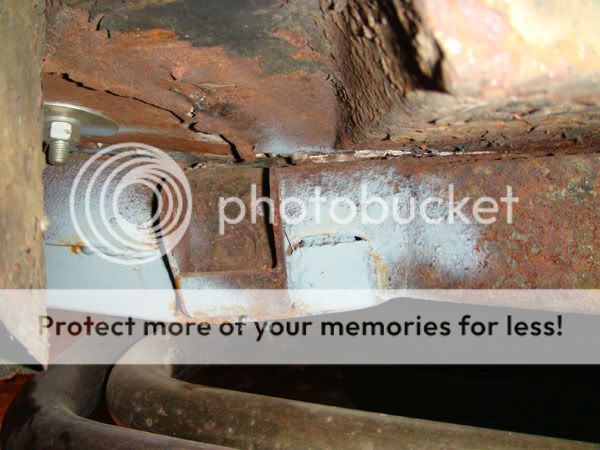Winter is here, and I'm going to work on the healey's rear end. It's a Longbridge BN4. I don't want to restore the car, but would like to make sure it's safe. Currently the axle hits the frame on rebound. The repairs will take at least a few months.
The rubber bump stops are missing and bump stop boxes are rusted out. The left rear sits 2" lower than the right rear, and both sides ride too high. I'll post some photos and dimensions as I go. Here's the rear right side sitting too high.

The pinion seal also needs replaced, and we'll see if the bearings need replacement as well. Here's the oily differential before removal.

While all of this is apart, I will replace the driveshaft's u-joints and replace the handbrake cable and old interior carpet. The seats, carpet, and transmission tunnel came out in about 30 minutes. This stuff always comes out faster than it goes back in.

This is a photo of the rear left spring front bracket, which is welded in crooked. The frame has some previous damage and rough repairs as well.

Here's the right shock bracket, also with rough welds. I'll try to take some frame measurements tomorrow night to compare to the factory drawing for replacement.

Feel free to let me know if you see anything major that needs attention- I appreciate the help.
The rubber bump stops are missing and bump stop boxes are rusted out. The left rear sits 2" lower than the right rear, and both sides ride too high. I'll post some photos and dimensions as I go. Here's the rear right side sitting too high.

The pinion seal also needs replaced, and we'll see if the bearings need replacement as well. Here's the oily differential before removal.

While all of this is apart, I will replace the driveshaft's u-joints and replace the handbrake cable and old interior carpet. The seats, carpet, and transmission tunnel came out in about 30 minutes. This stuff always comes out faster than it goes back in.

This is a photo of the rear left spring front bracket, which is welded in crooked. The frame has some previous damage and rough repairs as well.

Here's the right shock bracket, also with rough welds. I'll try to take some frame measurements tomorrow night to compare to the factory drawing for replacement.

Feel free to let me know if you see anything major that needs attention- I appreciate the help.

 Hi Guest!
Hi Guest!

 smilie in place of the real @
smilie in place of the real @
 Pretty Please - add it to our Events forum(s) and add to the calendar! >>
Pretty Please - add it to our Events forum(s) and add to the calendar! >> 
